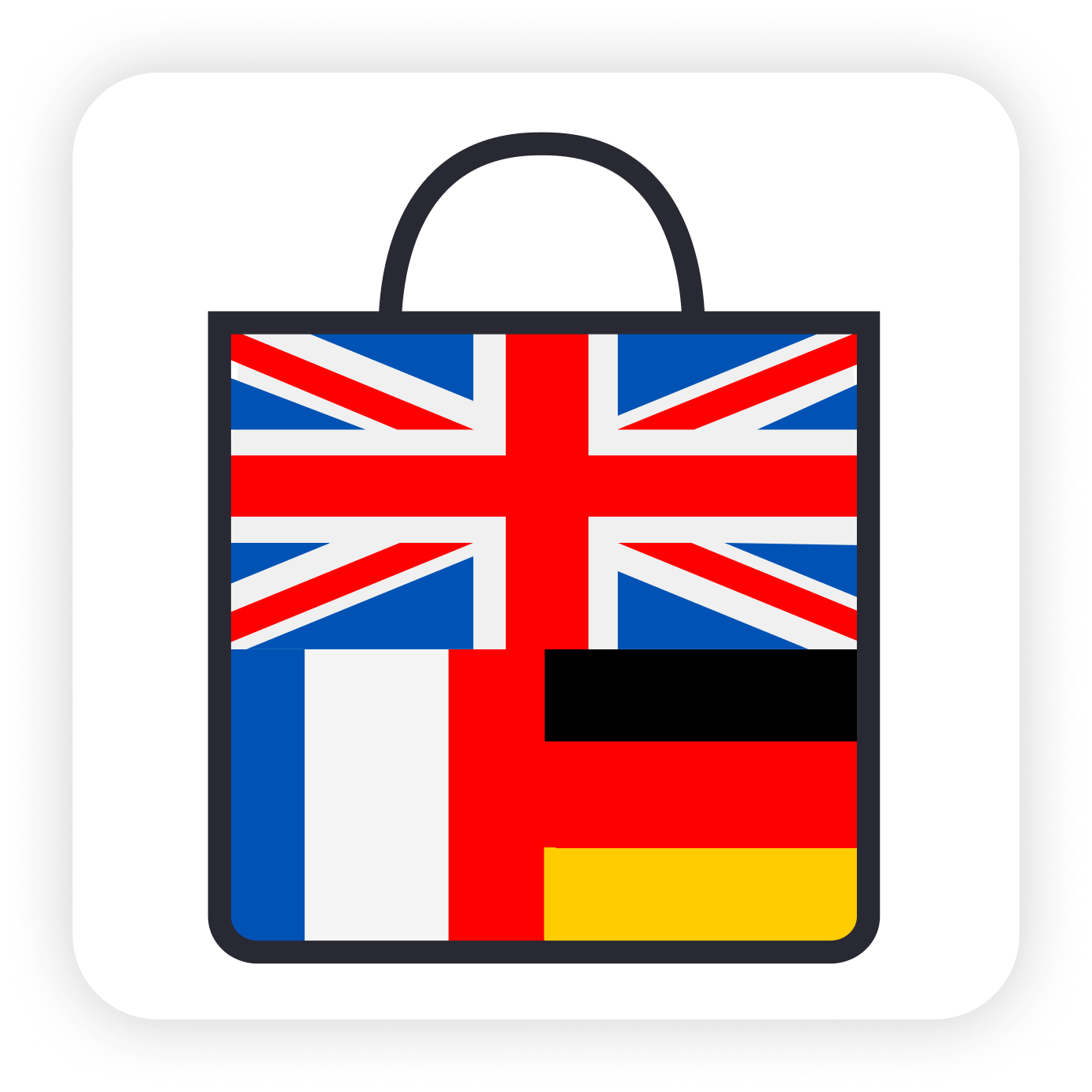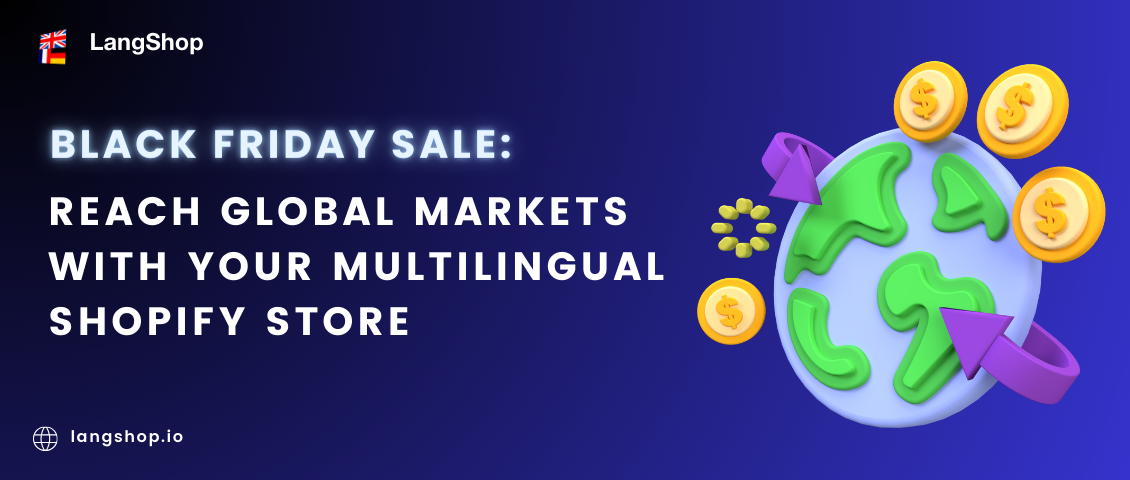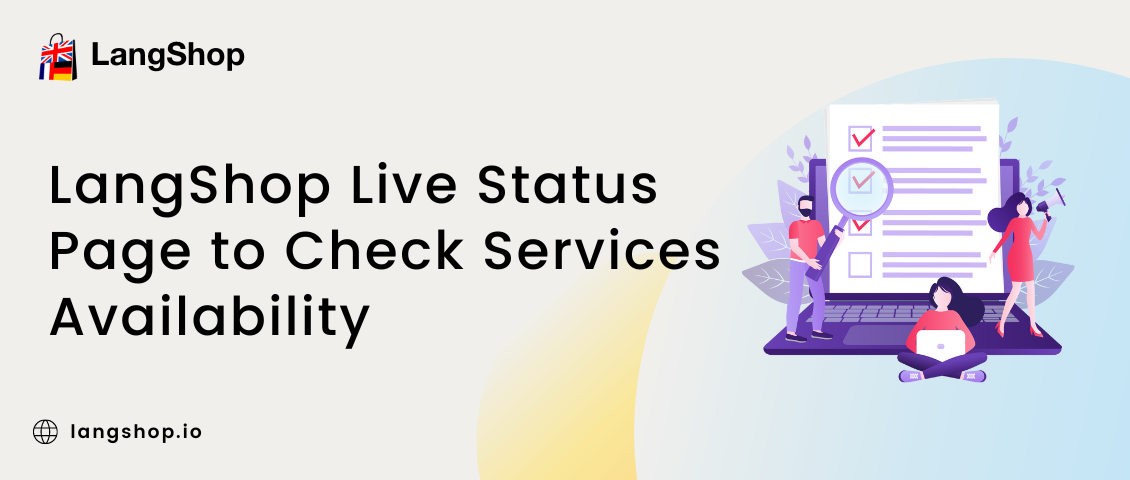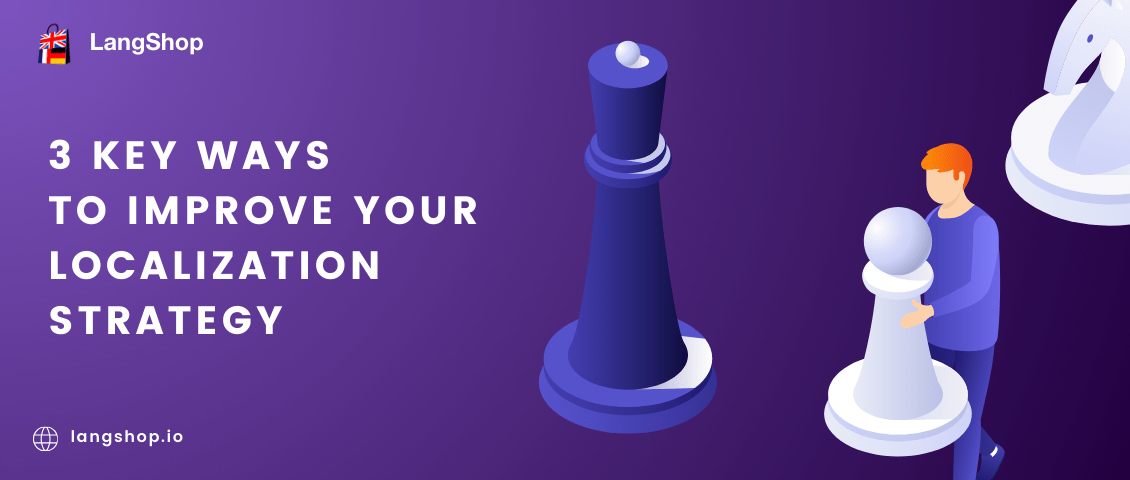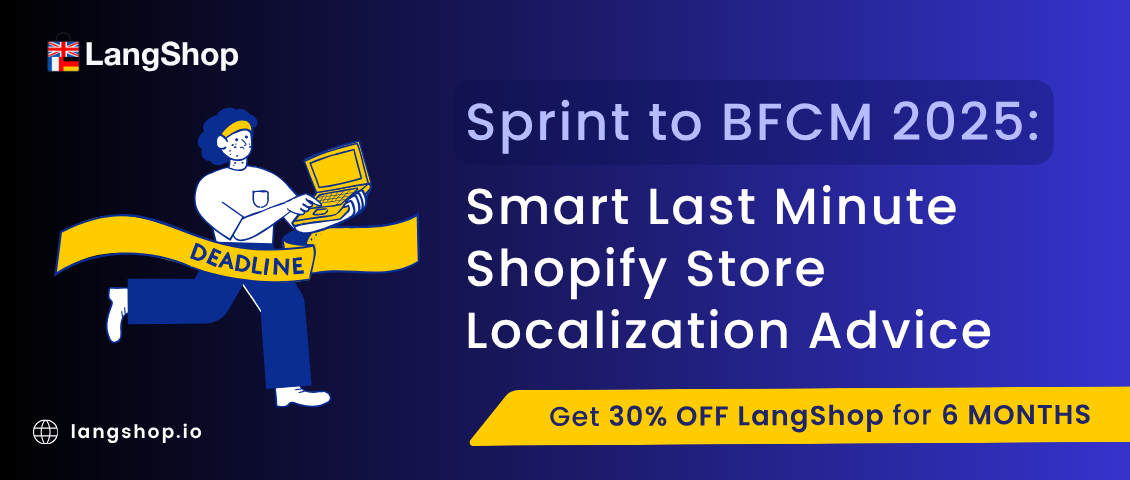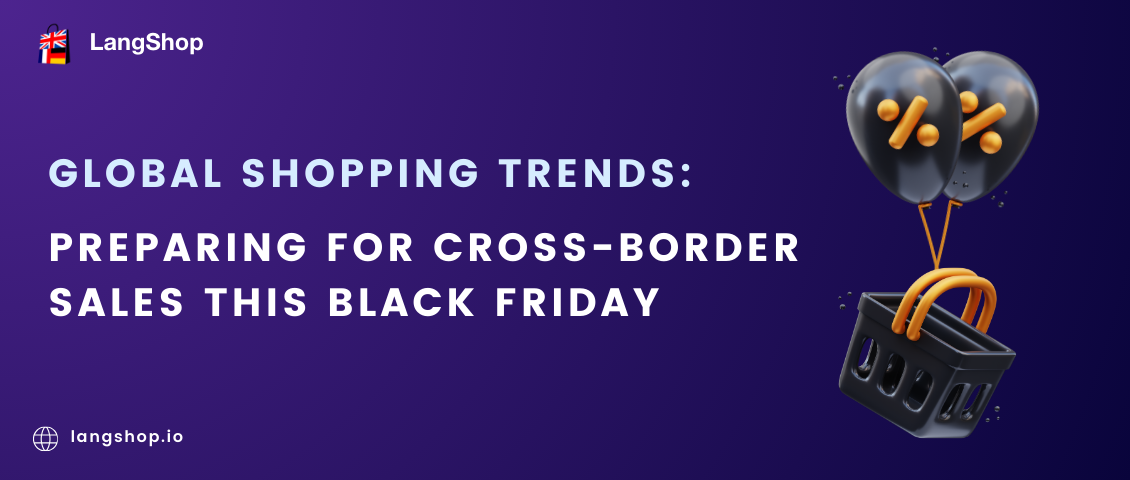E-commerce keeps on developing every day, so e-stores should keep up with all the changes. Many business owners use the Shopify platform as a great place to grow their business. But having launched the store doesn’t mean good conversions and sales yet. For many Shopify stores, it becomes more and more challenging to promote and be on top of searching.
Today, it is not enough to offer goods and products and just wait for the customers to find them somehow or someday. Your main task, as a shop owner, is to get the store in front of their eyes and make everything possible to help them find these products.
For this, be sure to learn all the SEO nuances that will help your store be noticeable among others. After having launched the store there is one common mistake – to think that all the essential work is done. Although, the promotion of your store also implies other hidden issues that may be a big “surprise” for you. So, in this article, we will consider several common and the most frequent pitfalls that hundreds of Shopify store owners face.
- What is SEO? Why SEO can raise your store to a higher level?
- Store with VS store without SEO
- Common SEO issues & mistakes
- Other considerable SEO tips
- Summary
What is SEO? Why SEO can raise your store to a higher level?
But first things first, let’s make you a complete understanding of the role of SEO.

Surely, you’ve heard this “magic” word before and probably know some basic moments. So, what SEO is really about and why is it important for your Shopify store?
SEO (searching engine optimization) helps you optimize your store by installing keywords across the store, in the front of the title tags, and URLs. Besides, it assumes the optimization of the structure of your store, on-page and technical optimization, and others to raise it on a higher position.
SEO makes your site visible to more customers by placing it at the top of the search results. Due to this, it brings more traffic and increases sales.
Let’s look at the SEO’s work in more detail. When you optimize your site you should primarily focus on the keywords and spread them well across the site. That makes sense because Google will find your store more quickly if your keywords match the words that users are looking for. After optimization, your store also increases its CTR which means you boost your sales.
Another important factor that SEO focuses on is improving the organic traffic, the number of visitors coming to your website “organically” i.e through usual unpaid search results. Therefore, it saves you a lot of money that could be spent on paid ads.

Why is organic traffic important? Because it is about increasing your sales. It helps your store to become more popular and get more visitors.
So, SEO has an extremely important and direct impact on your success. It largely depends on it whether your store will be relevant for customers’ search queries.
Store with VS store without SEO
To show you in practice how exactly SEO improves your store we propose you take a look at two different stores: the Shopify store with SEO optimization VS the one without SEO.
The store with SEO:

As you can see, the more optimized your store is the higher your metrics. You are more likely to increase the number of clicks, average CTR, and, of course, your search position with SEO.
And here is the example of how the store’s analytic looks like without SEO:

A weak optimization will not work in your favor. All the above metrics risk to decrease and your store will no longer be relevant. The reason for this could be in your difficult site structure and shoppers just don’t like to work with the store, or your potential customers cannot find necessary products.
That’s why we are going to consider in detail the top 5 SEO issues you should necessarily know to be savvy.
Common SEO issues & mistakes
#1 To limit SEO only by keywords
The one common mistake is that most beginner shop owners usually tend to limit their store’s optimization only by keywords. But this is not enough to promote your store as high as possible.
Most shop owners feel satisfied with their SEO after implementing some keywords on the page while much difference makes the site structure, technical SEO, unique content, titles, link building, content marketing, and more other factors.
Solution
To make your Shopify store more optimized consider also adding the other SEO ways like:
Off-page SEO – different strategies aimed to increasing your rankings on Google involving other resources or platforms for this. For example, such strategies as link building, reviews, social media, etc. Also, it is about good site structure, meta descriptions, different tags, etc.
Pay attention to all these SEO factors to make a 100% optimization of your store. Continue reading, we are going to tell you about them.
#2 Difficult site structure
Since Shopify stores are aimed to provide quick access to the necessary products it is highly important for every store to display clearly and logically all the products and collections so they could be well-organized and understandable for customers.
The store’s structure makes a significant difference for its promotion because there are a lot of product pages, and customers should not get confused in the product arrangement and the sequences of pages.
If you wonder why your Shopify store doesn’t promote maybe it is time to revise your website structure. Is it clear for your customers?
The Shopify platform is a perfect tool for product organization as it automatically creates in your store a good structure allowing adding pages, collections, etc.
But, the problem is, when Google searches for your store it tries to define the main keywords to get it in front of the customers. And if it doesn’t recognize which page has these keywords it won’t show your store in the highest position.
Another problem that may be caused by the wrong structure is that there is a risk that your customers will get lost among all of your product pages and, as a result, will leave.
Solution
OK, so we figured out that your store structure should be aimed to facilitate the shopping experience for your customers. Therefore, your goal is to make your store simple so that shoppers can buy more quickly.
Put some buying intent keywords and links to the sales pages to prone them to buy, and informational intent keywords to increase conversions by motivating clients to go to the blog page.
It is also better not to make your store overloaded.
For example, your Home page should contain information about your store, a clear and attractive logo, a comprehensible title, users’ reviews, etc. All your products should be organized in collections and not look like a usual catalog.
This is an example of how the store structure should look like:

Remember that with Shopify your store is already organized and your structure will remain logical. But Google may not understand it because, despite the good structure it provides, Shopify doesn’t help your store to correspond to Google.
For this purpose, you need a sitemap to help Google index well your store. With a sitemap, you can easily improve your search position. You’ll need to upload this sitemap by yourself to Google Webmaster Tools, but on the Shopify platform, it is quite easy to set it up.
After it is done, your store structure has no longer problems with Google indexing. Now, you’ve just got rid of one SEO issue.
#3 Your site content isn’t optimized for SEO
Obviously, the main role in the site’s relevance has its content. The first thing that strikes customers’ eyes is the text (titles, “about store” information, descriptions, etc.).
But sometimes, it is hard to read it and it becomes difficult to quickly navigate the store because of its multiple and non-optimized content. As a result, your store cannot reach a larger audience and is just stuck in the same position on the search.
The fact is that having only the keywords across the site won’t rank it quite high on Google. Because today it is much more preferable for search engines to promote the websites with the most optimized and valuable content. Customers are looking for sites that will meet their requests.
Solution
Your website content should be SEO-friendly, which means unique, quality, and relevant.
Try to integrate target keywords across the store to make Google understand which keyword is on which page. The more times you use them the easier it is to find your store for Google.
Moreover, use H1 and H2 title tags to attract customers’ attention to the most important moments. The goal is to make your content valuable.
Consider adding more useful details (images, screenshots, reviews, experts’ opinions, etc.) to alive your store. It is important to update your material to always keep it actual.
#4 Long and unclear meta description & title tags
Despite the description rests one of the important SEO ways to lift your store to the top it still can let it down. And here’s the thing: Shopify’s limit for a title is up to 70 characters and about 320 – for a description, just like Google’s one.
But the screen’s space is limited which means that it will be cut and you just will lose half of it. You can write a really good description that will inform and motivate customers to buy the product, but it just won’t be visible.
Besides, a long description makes people skip your store if it doesn’t say any of the actual product information. A weak description can decrease your store’s CTR, so, you should be careful with it.
Solution
Therefore, it is better not to write a big and unclear description and try to tell only the essentials to explain why the product is worth purchasing.
Keep it short, simple, easy to read, and clear!
Let us show you what we mean.
Here is the example of a not good variant of meta description:

As you can see, the text of the description is cut in the end and customers are not able to get the whole necessary information about the product. Plus, the URL structure is not quite comprehensive.
And here is an example of a good description:

It is a single sentence containing a catching question and all of the necessary information about the product. So, when scrolling through search results customers will more likely to click this link.
This rule goes along with the title tags too.
The title tags (page titles) will be visible in search results, so the store’s title will be the first thing shoppers see.
Therefore, it should be short and eye-catching. Place the main keyword at the beginning of the title to increase customers’ chances of finding it in the search results.
Your title tag should introduce your brand to make people trust your store and ensure it’s credible. Think up a unique and catchy title that will entice customers to click it.
#5 Complex URL structure
Let’s consider another factor influencing your SEO in a certain way.
Imagine: if you were a customer, would you choose the link with a complex and incomprehensive URL like this: http://The-brand-name.com//i?HXDI=iaj568/watches/pgecategory.aspx? Or would you remember a long store domain if you needed to go directly to it?
If your answers are “No” for both questions you are on the right way. Because real customers would skip such variants.
The long and complex URLs also can sometimes influence the customers’ decision not to choose your store. You should understand that without a relevant URL your store won’t be optimized enough.
Solution
To increase your store credibility create a custom domain and a clear URL that will transmit to the potential clients what your store offers.
Creating an own good memorable URL will make your brand unique and build more trust with your customers. Make it short and keyword-rich.
You can include in your URL address the name of your brand to catch customer’s attention, and, also, add the name of the product.
For example, http://thestorename.shopify.com//sports-clothes/the-title. Here we can see a clear URL that shows clients the brand name and what type of products they will find in this store (sports clothes).
Thus, if you follow this advice your store will be found more quickly by Google and your potential clients will more likely to choose it among other stores.
Other considerable SEO tips
Don’t either forget about site speed loading and external links, which bring more traffic. How do these two factors influence SEO?
Site speed means everything when it comes to the rankings because it is the first thing people encounter after they clicked on your link. If the site loads quickly it will more likely retain customers.
Don’t make people wait, whatever brilliant your content is. With good site speed, you will make a good impression on them. It is officially proved by Google Search Central that the faster is the speed of the website the happier users are.
Talking about external links, they are another great way to increase conversions. You will be getting visitors coming from other websites. The practice of getting backlinks proves its effectiveness — once you are mentioned on the other website your conversions will increase immediately.
Summary
Let’s summarize the essentials of why SEO plays a crucial part in your store’s promotion and why you should fix all of the problems that obstruct it.
In modern eCommerce with a wide choice of thousands of online stores, it is highly important to stand out and offer the best special services.
Modern search engines demand from the store owners to make more and more efforts in SEO. To be sure that your Shopify store will remain on the top you should follow these SEO rules.
For this, try to pay attention to all these nuances and don’t just rely on Shopify in the hope to help your store get more clients. Focus on the on-page and off-page SEO, improve your marketing, keep your store content always updated and unique, optimize your description and titles, and, surely, don’t leave your technical SEO without attention.
Finally, having considered all of the above issues we hope you will take them into consideration and your SEO will improve as well.
